Back to blog
Announcing Pinata's New Usage-Based Pricing
We’ve got big news around Pinata’s pricing. If you just want the tl;dr, this is it:
Pinata is getting more affordable and our pricing scales better for the vast majority of our customers!
In 2018, we launched as a developer tool designed to make interacting with IPFS easier. We built the product and our pricing around developers. As we grew and experimented with additional features and additional use cases, we also tested out additional pricing strategies in the middle of last year. The goal was to streamline pricing and make it less confusing.
We were successful. Our pricing was easier to understand, and customers never had to worry about unexpected bills. However, we had lost sight of how developers expect to be billed. By eliminating usage-based pricing, we made it harder for developers to build scalable applications.
We’re excited to lean back into usage-based pricing and help developers (and everyone else) experience IPFS to its fullest potential.
So, what’s actually changing?
As of today, Pinata will be offering two plans, Picnic and Fiesta. However, these differ from the Picnic and Fiesta plans we’ve had for the last year or so. They both come with built-in usage-based pricing.
If you exceed the allotted usage on your plan, no worries. You’ll be billed only for what you use beyond that allotment.
We eliminated the complexity and confusion of having five plans and have streamlined it down to three. Our recently updated Free Plan gives you more features than ever before. And now, you simply have to decide which of the two paid plans makes the most sense for you and your project.
The Fiesta Plan is designed to scale affordably for virtually any product or company. The Picnic Plan is designed to be an affordable entry point that doesn’t penalize you if your project or application is successful.
With scale comes responsibility. So, we have also built email notifications that will continue to remind you that you have entered usage-based billing. We don’t want anyone caught off guard.
What about my current plan?
All Pinata customers on paid plans will be migrated to one of the two new paid plans in 3 months. But what does this look like?
If you’re on the Fiesta, Palooza, or Carnival plan, you will automatically be migrated to the new Fiesta Plan. For Palooza and Carnival customers, the usage you have in excess of the Fiesta Plan will automatically be converted to usage-based metering. As mentioned above, this will likely result in a reduction in cost for you.
If you don’t want to wait for three months, you can make the switch to one of the new plans today. Just head over to the Billing Page and select the plan that makes the most sense for you.
What’s next?
We’re clearing a path for developers to experiment with our Free Plan, upgrade to our paid plans, and scale when they find success without fear of massive bills. This allows us to further support developers in the things they build. You should expect a feature that allows you to set specific budgets on your usage-based billing. So, in addition to just being notified, you’ll be able to control how much you can be charged.
Be on the lookout for continued developer experience improvements and other new features in the coming months.
If you have any questions about the new plans or anything at all, please don’t hesitate to reach out for support from our wonderful team!

